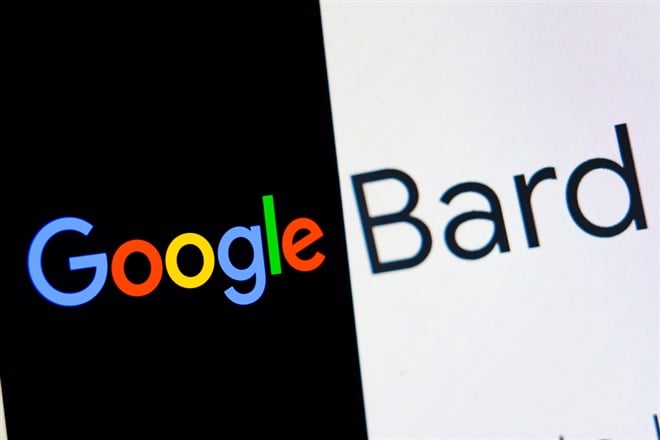In 2019, Google introduced a new AI-powered system called Bard, which is designed to help people with disabilities access and navigate the web more easily. Bard uses machine learning algorithms to generate descriptions of images, videos, and other visual content on websites, allowing people who are visually impaired or blind to understand the content of the web pages they visit. In this blog post, we'll explore what Bard AI is, how it works, and what impact it's having on accessibility.
What is Bard AI?
Bard is an acronym for "Basic Accessibility for Restricted Dexterity." It's a system that uses machine learning algorithms to analyze the visual content of websites and generate descriptions that can be read aloud to people with visual impairments. Bard is designed to be fast, accurate, and easy to use, and it can be integrated with a variety of web browsers and screen readers.
How does Bard AI work?
When you visit a website with Bard enabled, the system analyzes the visual content on the page, including images, videos, and other multimedia elements. It then generates a description of the content using natural language processing (NLP) and other machine learning techniques. The description can be read aloud to the user using a screen reader, allowing them to understand the content of the page even if they can't see it.
Bard AI also uses reinforcement learning to improve its accuracy over time. This means that the system learns from its mistakes and adjusts its algorithms to generate more accurate descriptions. The more data Bard AI has, the better it becomes at generating accurate and helpful descriptions.
What impact is Bard AI having?
Bard AI is having a significant impact on accessibility, making it easier for people with visual impairments to access and navigate the web. By providing descriptions of images and other visual content, Bard is enabling people with disabilities to participate more fully in online communities and access information that was previously inaccessible to them.
Bard AI is also helping website owners to create more accessible content. By providing descriptions of visual content, Bard is encouraging website owners to think more carefully about the content they produce and how it can be made accessible to a wider audience.
Conclusion:
Bard AI is a powerful example of how artificial intelligence can be used to improve accessibility for people with disabilities. By providing descriptions of visual content, Bard is helping to make the web more inclusive and accessible for all. As the technology continues to evolve, we can expect to see even more innovative applications of AI in accessibility, creating new opportunities and possibilities for people with disabilities.
Challenges and Limitations of Bard AI:
While Bard AI is a promising technology for improving accessibility on the web, it also has some limitations and challenges to consider. Some of the main ones include:
Accuracy: While Bard AI is designed to be accurate and helpful, it is not always perfect. The system may struggle with complex images or videos, or it may generate descriptions that are incomplete or inaccurate.
Integration: Bard AI needs to be integrated with web browsers and screen readers to be effective. This means that website owners and developers need to take steps to enable the system on their sites, which can be time-consuming and challenging.
Language: Bard AI currently only supports a limited number of languages, which can be a barrier for people who speak languages other than English.
Cost: While Bard AI is currently free to use, there may be costs associated with integrating the system with other assistive technologies or developing more advanced features.
Future of Bard AI:
Despite these challenges, Bard AI has the potential to revolutionize accessibility on the web. As the technology continues to evolve, we can expect to see even more innovative features and applications that make the web more inclusive and accessible for people with disabilities. Some of the future possibilities for Bard AI include:
Improved accuracy: As the system learns from more data, it will become even better at generating accurate and helpful descriptions of visual content.
Multilingual support: Bard AI may be expanded to support more languages, making it accessible to people all around the world.
Advanced features: Bard AI could be expanded to include more advanced features, such as recognizing and describing complex objects or identifying text within images.
Conclusion:
Bard AI is a promising technology that has the potential to make the web more accessible for people with disabilities. By using machine learning algorithms to generate descriptions of visual content, Bard is enabling people with visual impairments to participate more fully in online communities and access information that was previously inaccessible to them. While there are some challenges and limitations to consider, the future of Bard AI looks bright, and we can expect to see even more innovative applications of the technology in the years to come.
by Sawan Kumar Roy

Comments
Post a Comment